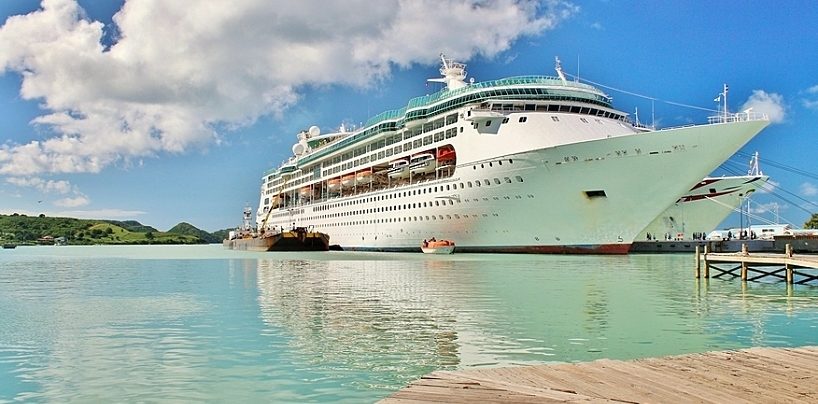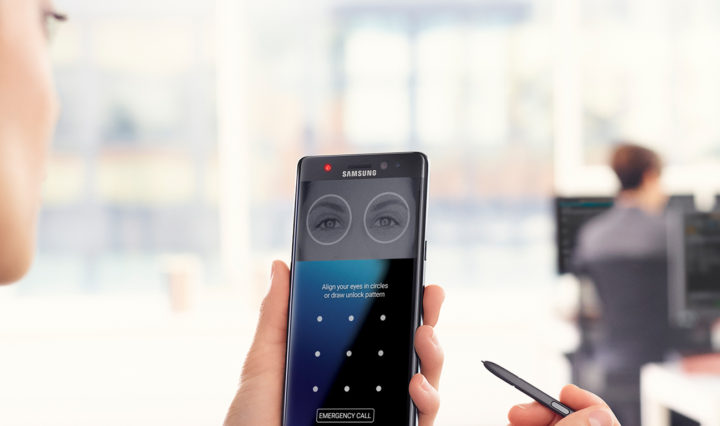Today’s increasingly digitally enabled ships are bringing more immersive and personalized experiences for guests — and cybersecurity concerns for IT staff.
Fortunately, cruise lines can achieve both a smarter on-board experience as well as secure mobile devices and networks by taking a multi-layered approach, using strong security tools and processes. This requires important steps such as securing Wi-Fi networks, effectively managing crew’s digital devices and providing streamlined authentication options for passengers.
A Complex Environment
Many large enterprises face challenges when it comes to keeping their networks and devices secure. Those get multiplied when that enterprise is a massive, fun-filled cruise ship with a variety of mobile technology. Some unique aspects of cruise ship cybersecurity include:
- Volume: Many ships boast crews of more than 1,000 and fleets of more than 100. In addition, there are thousands of passengers, and that means many digital points of contact. Each one increases the potential for security breaches. It also can be difficult to manage such a large inventory over time without the proper software tools.
- Ports of Call: Standalone businesses only worry about neighboring networks. A ship is constantly moving to new ports of call, potentially exposing mobile devices to new, unsecure Wi-Fi networks while crew members are on land.
- PII: With their wealth of sensitive financial and other personally identifiable information (PII) on passengers and crew members, cruise ship networks and mobile devices are lucrative targets for threat actors. In the event of a breach, organizations can lose money and consumer trust.
With all of these factors, cruise ship IT staff and administrators should equip themselves with tools and policies to effectively manage a large number of devices, protect sensitive data and reduce risky Wi-Fi connections.
Secure Your Business With Biometrics
Explore the possibilities of biometric authentication in this white paper. Download Now
Cybersecurity On Board
Here are five techniques to ensure cruise line IT leaders can secure and manage mobile devices across their ships in order to support their digital customer experience initiatives:
1. Leverage Biometric Authentication. According to MarketsandMarkets, the travel sector is already the largest adopter of biometrics. This technology is ideal because it is already specific to the user, readily available and easy to use for securing crew members’ mobile devices, or for guest-facing applications.
2. Create Separate Wi-Fi Networks. Digital cruise ship traffic must be partitioned from networks used by guests to prevent data breaches. Creating separate networks is the simplest way for securing your Wi-Fi to achieve a barrier between passenger and crew communications.
3. Employ Geofencing. Creating a geofence around the ship ensures that crew members’ devices only work when they are inside the specified perimeter. This not only reduces the possibility of devices getting stolen but also decreases the chance of staff connecting to an unsecure Wi-Fi network or downloading a malicious application.
4. Ensure Device-Level Security. Mobile devices must be protected down to the hardware level, leveraging multiple layers to prevent hackers from opening up attack vectors. With hardware-based security measures, Samsung Knox has multiple layers that help run verification, encryption and data separation. These overlapping security mechanisms protect against jailbreaking, malware and unauthorized access.
5. Implement Mobile Device Management (MDM). Critical security measures incorporated into MDM solutions include unified end-point management, rich policy controls and device customization. With an MDM and supporting tools like Knox Configure, administrators can tailor devices to specific staff roles, as well as approve certain connection options like Bluetooth and Wi-Fi. For passenger-facing technology initiatives, IT staff can use MDM software to batch enroll wearables or tablets, push out software updates and prevent users changing default settings.
As mobile devices proliferate on board, all cruise lines share the need to secure both their digital devices and their wireless networks in a way that both scales and adapts to ever-evolving threats.
By leveraging tools including biometrics, separate networks, geofencing, device protection and MDM platforms, cruise lines can innovate and enhance the passenger experience while ensuring devices and data remain safe and secure.
Are unpatched security vulnerabilities worth the risk? A recent report shows just how much known vulnerabilities can cost your business.








